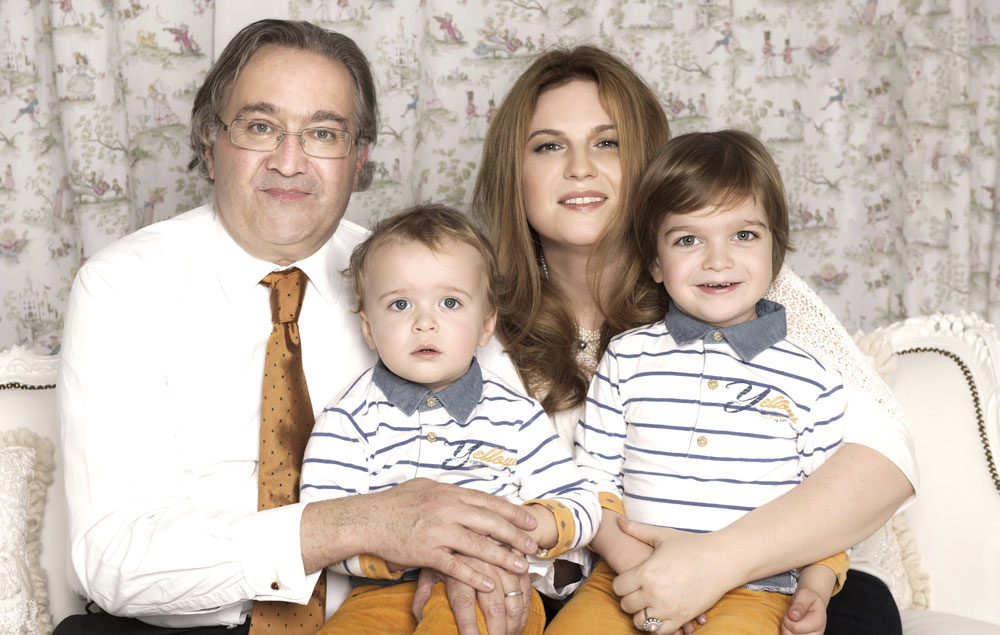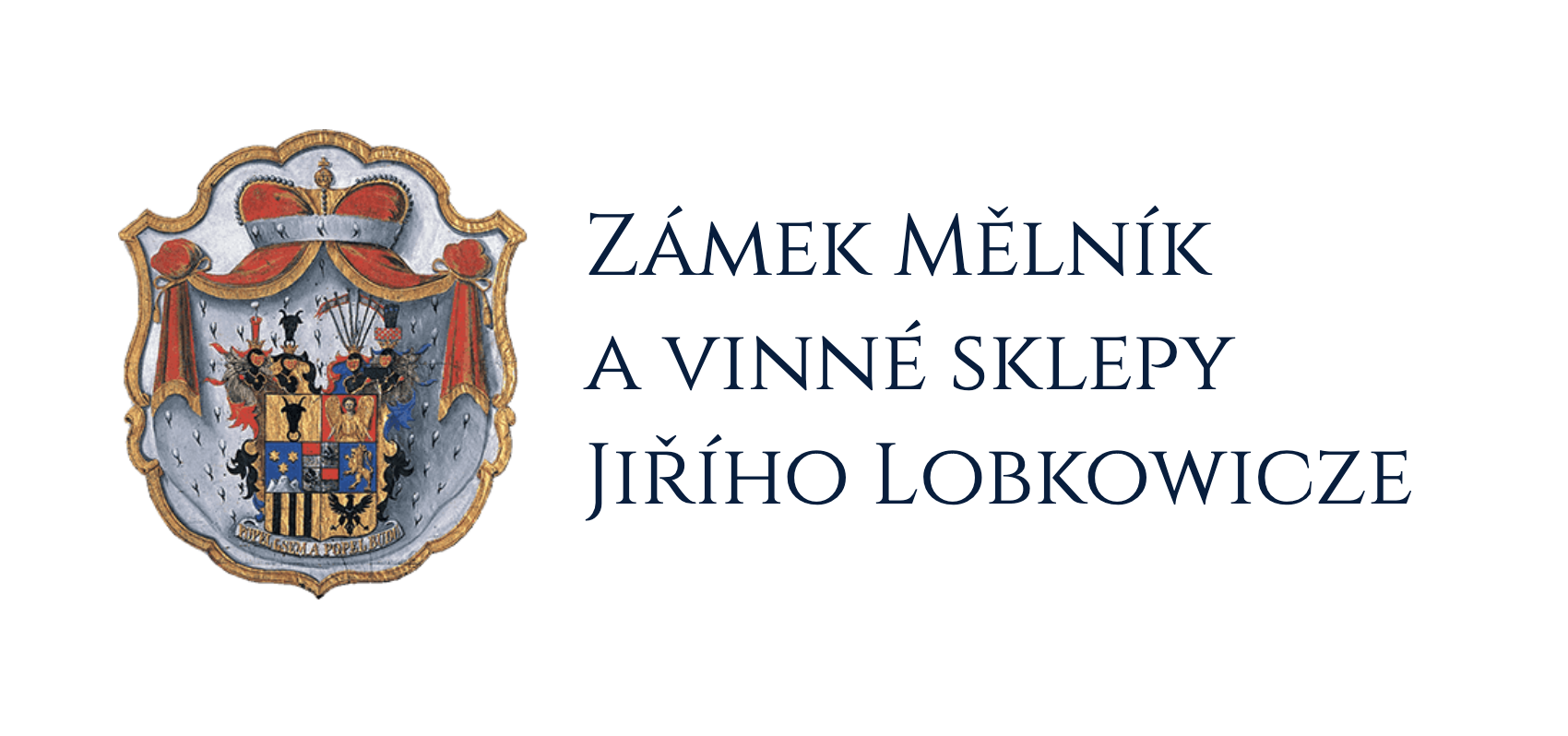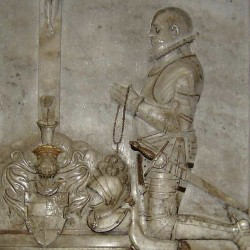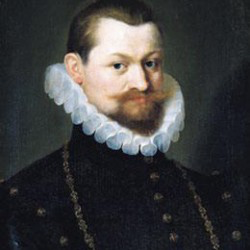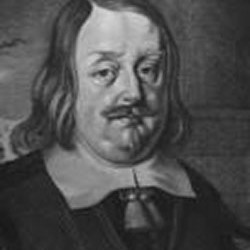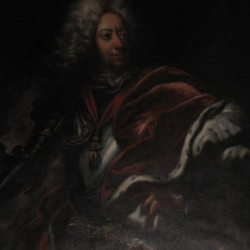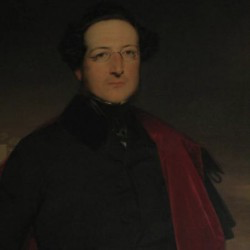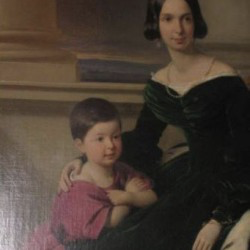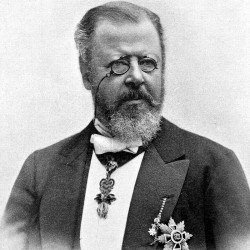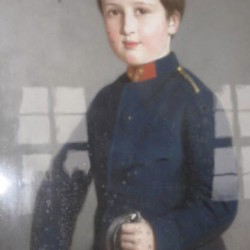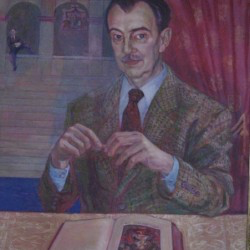History of Lobkowicz House
The House of Lobkowicz is one of the oldest Bohemian noble families of the region and the only one that kept its house motto in the Czech language: Popel jsem a popel budu (Ashes I am and ashes shall I be). This motto is not only a biblical statement but it is also a witty allusion pointing to the family line founded by Jan Popel (popel is a Czech term for ash). The name „Lobkowicz“ is of a mediaeval-Czech origin and refers to a small village called Lobkovice located a few kilometres from Mělník.
Throughout its long history the Lobkowicz family gave the world many prominent politicians, diplomats, soldiers, scientists, clergymen, as well as poets and travellers. Many of them supported the arts, culture, economic development as well as the construction one. Seventeen members of the family received the highest order, the Order of the Golden Fleece. For centuries, nothing has divided the family, its members defended the rights and laws of the Lands of the Bohemian Crowns during monarchy and never cooperated with the Nazis.
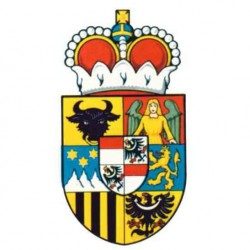
Coat of arms of Lobkowicz House
The original Lobkowicz’ coat of arms had a silver shield with a red head, but in 1459 it was split in four parts where two remained silver and red and two contained the black eagle of the Lords of Zierotin, placed diagonally. As a crest a red calamar with a silver quill was used.
The line of the Popels of Lobkowicz was granted the rank of Imperial Princes in 1624, the title of the Dukes of Sagan in 1647. In 1651 their coat of arms was changed to a very elaborate one, in which all the claims and titles of the family are depicted. In the first field there is the Pernstein wisent (European bison’s) head in a golden field, the second field contains the angel of Sagan, the third represents the county of Sternstein, in the fourth field there is a golden lion signifying the improvement of the coat of arms, the fifth (3 stakes) signifies the imperial princely rank and in the last field there is the Glogów eagle. In the middle the original coat of arms is placed.
Detailed history
The oldest documented ancestor of the Lobkowicz family was a knight Mareš of Újezd who lived during the reign of Charles IV, Holy Roman Emperor. He had 3 sons, and the youngest, Nicholas the Poor, became a scribe in Kutná Hora in 1401. King Wenceslaus IV rewarded him for his services – among other things – the title to the village of Lobkovice nad Labem (about 1410) after which he began to style himself as Nicholas of Lobkowicz thus making „Lobkowicz” a family name.
His two sons founded the two main medieval lines of the family: Hasištejnský of Lobkowicz line and the Popel of Lobkowicz (later Lobkowicz) line.
16th century
In the 16th century the Hasištejnský of Lobkowicz line sided with reformation and its descendants left Bohemia. The Popel family remained Catholic and was represented by for example Jiří Popel of Lobkowicz (1540-1607), supremus magister curiae (Master of the Court) of the emperor Rudolf II; Jiří Popel the Younger of Lobkowicz (1556-1590), the President of the Court of Appeal; Zdeněk Vojtěch Popel (1568-1628), the first Prince Lobkowicz (1624), Court Councillor and Supreme Chancellor of the Kingdom of Bohemia.
His son, the second Prince, Václav Eusebius (1609-1677), supremus magister curiae, President of the Imperial War Council (from 1652) and President of the Imperial Privy Council (from 1669), is ranked amongst the greatest personalities of our history.
17th century
The son of Václav Eusebius, Ferdinand August, 3rd Prince of Lobkowicz, was the imperial envoy to the Permanent Imperial Diet in Regensburg in 1692-1698 and then, in 1699-1708, the supremus magister curiae of the queen and empress Wilhelmine Amalie.
He had 13 children and was succeeded by his eldest son Filip Hyacint Josef, the 4th Prince and owner of the fideicomissum of Roudnice nad Labem. His youngest son, Jan Jiří Kristian (1686-1753), was an imperial officer and warlord, governor of Sicily, Lombardy and Transylvania. He also founded the second Lobkowicz fideicomissum (monetary) and thus also the secondogeniture – the younger line of the Lobkowicz princely family.
18th century
His son August Anton Josef (1729-1803), envoy to Spain, High Marshal and holder of the Order of the Golden Fleece, married Marie Ludmila Czernin of Chudenice, heiress of the Mělník manor, which thus passed to the Lobkowicz family.
They had 20 children together, and their son Anton Isidor (1773-1819), who was mainly devoted to property management and art (he was one of the founding members and later the executive director of the Society of Patriotic Friends of Art, today the National Gallery in Prague), married a countess Maria Sidonia of Wchinitz and Tettau. Their son August Longin (1797-1848) was the executive director of the National Museum and also became the Imperial Chancellor and President of the Court Chamber (Hofkammer) in matters of mining and coinage.
He married Anna Bertha, Princess of Schwarzenberg. Their son, Jiří Kristián (1835-1908), served as Supreme Marshal of the Kingdom of Bohemia and as a member of the Bohemian Diet, advocating the the Czech state laws.
19th century
He was succeeded by his son, Bedřich Lobkowicz (1881-1923), and his grandson, Jiří Kristián of Lobkowicz (1907-1932), a passionate sportsman and a well-known racing driver, who died after a crash in 1932 in a motor race held at the Berlin AVUS racetrack.
The heir was then Jiří Kristián’s cousin Otakar, Prince of Lobkowicz (1922-1995), but as he was only 10 years old at that time, his father Jan, the Prince of Lobkowicz (1885-1952) took over the administration of the property.
Modern history
Within the years 1940-1945, i.e. during WWII, the entire property was under the forced administration of the Nazis. The whole family moved to Prague and in 1948 after the communist takeover they were all forced to emigrate and all the property was nationalized by the state.
Prince Otakar had worked as a banker in Switzerland during his emigration and had longed all his life to return to his homeland. He got the property back in 1991 and in 1993 he gave it all to his son Jiří, who decided to donate the Drahenice castle and manor acquired by Lobkowicz family in 1870 from Hartmanss of Klarenstein to his cousin Jan of Lobkowicz (1954).
Currently, the Mělník manor is owned by Jiří Jan, the Prince of Lobkowicz who was born in exile in Switzerland to Otakar and the Hungarian countess Susanna Schéchényi in 1956.
He graduated from the University of Economics in Saint Gallen and later became a very successful banker. In 1990 he decided to end his career abroad and return to his country with his father. He worked as an advisor to the Minister of Economy and the then Federal Government of Czechoslovakia until 1992, and as an advisor to the Minister of Privatisation of the Czech Republic until 1995. He also worked in the area of investment banking and energy.
Since 1992, Jiří Jan Lobkowicz has been systematically working on the restoration and reconstruction of the Mělník and Hořín manors – he completed them to their present form using his private resources. He also rebuilt the chateau winery, which has a history dating back to 1753.
Until the divorce in 2021, the Prince was married to Princess Zdenka Belas Lobkowicz (1978), an opera singer. The couple has two sons, Prince Robert Christian Lobkowicz (2011) and Jacob Alexander Lobkowicz (2014).
